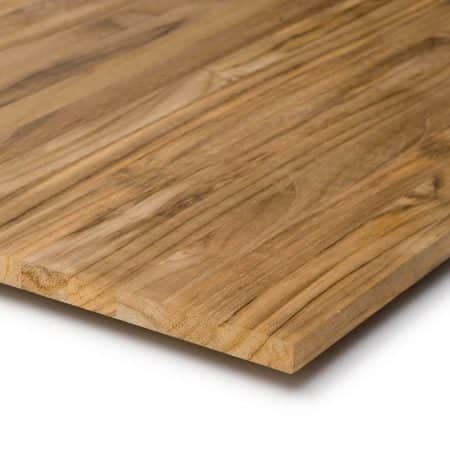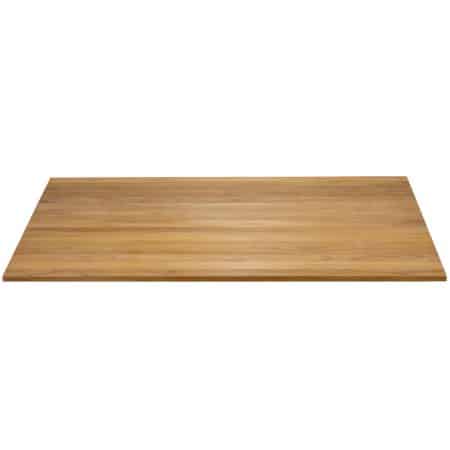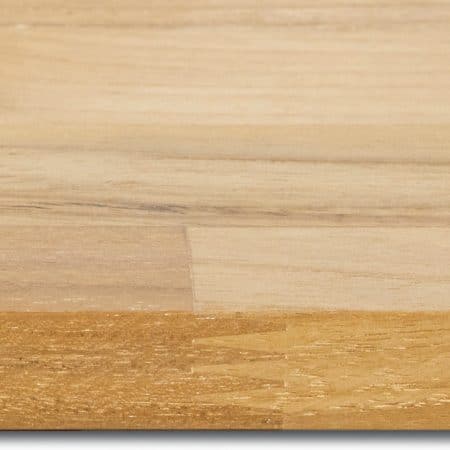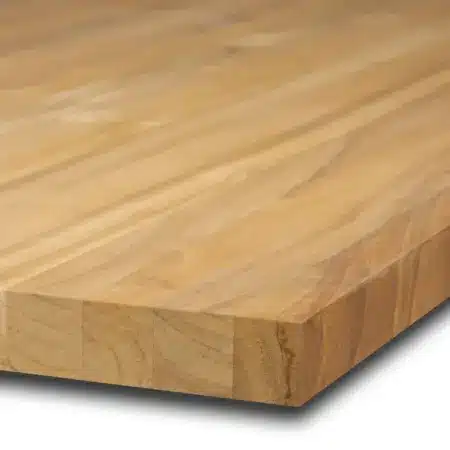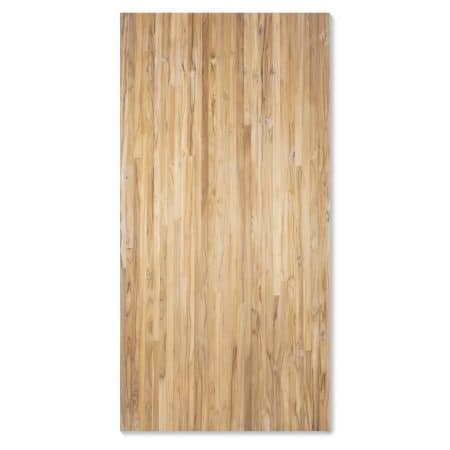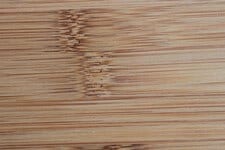
|
Origin |
mainly Asia |
|
bulk density |
kA |
|
durability class |
1-3 |
|
radial shrinkage |
kA |
|
Tangential shrinkage |
kA |
|
wood color |
light yellow |
|
wood structure |
coarse-pored |
|
Usage |
including decking, cutting boards |
Botanically, the plant belongs to the grass family. A wood-like material can only be obtained through a complex technical process. Therefore, a comparison of bamboo in its natural state to other types of wood is hardly possible. Only the material that is created after the lateral tissue of the bamboo poles have been cut out, dried and glued together can be analyzed. However, due to the different technical processes, bamboo products can have very different qualities.
The usual process for producing wood-like products from bamboo works like this: The rods are separated lengthways and the resulting slats are pressed into panels. This fabric has a high density.
When dried correctly, bamboo has good dimensional stability. Different drying processes (hot steam treatment) produce a light brown variant of the normal light yellow base material. Despite its high density, bamboo is not weatherproof and so far not suitable for outdoor use.
In the manufacturing process, attempts are made to increase the durability and dimensional stability of bamboo and to achieve good quality as decking wood. So far, however, there has been a lack of long-term experience with the material to make reliable statements about durability and shrinkage. The glue used must also be taken into account when analyzing the technical properties.
Sources: Wikipedia


